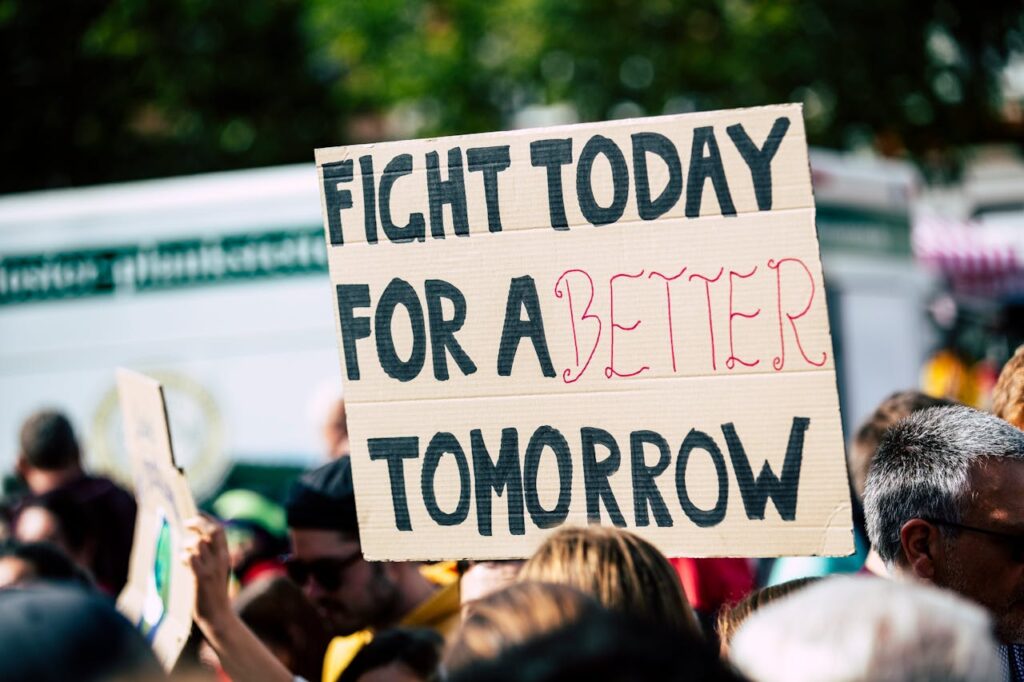New North Carolina Law Could Allow Death Penalty by Firing Squad for Suspect Accused of Killing Ukrainian Refugee

The world has been left stunned by the shocking murder of a young Ukrainian woman who fled war only to find tragedy in what was meant to be her place of safety. As her story spreads globally, it is sparking fierce debate about how justice should be delivered, and whether society has done enough to prevent such acts of senseless violence. The brutality of the crime, paired with the political and moral questions it raises, has pushed North Carolina into the center of an emotionally charged national discussion.

The introduction of a new law in her name is not only reshaping the conversation around capital punishment but also forcing lawmakers to reckon with issues of mental health, public safety, and judicial responsibility. In the midst of grief and outrage, the question remains whether reform born from tragedy can truly lead to justice or if it merely reflects a system stretched to its limits.
A Tragedy That Shook Two Nations
On August 22, 2025, 23-year-old Ukrainian refugee Iryna Zarutska boarded a late-evening light-rail train in Charlotte, North Carolina, after leaving work and heading home. She had fled the devastation of war in Ukraine to build a new life in the United States, taking on several jobs while studying English.
Minutes into the journey, she sat in front of 34-year-old Decarlos Brown Jr., a man she had never met. Surveillance footage later confirmed the horrifying moment when he pulled a knife from his hoodie and stabbed her repeatedly from behind. Iryna collapsed almost instantly and died on board the train. Brown exited at the next stop and was swiftly arrested by police waiting on the platform.

The killing sent shockwaves through both Ukraine and the United States, representing the cruel reality that violence can reach even those who have already escaped it once. Iryna’s family, heartbroken and disbelieving, described her death as “the most horrific way” to lose a loved one, saying: “Iryna came here to find peace and safety, and instead her life was stolen from her in the most horrific way. No family should have to go through this.”
Beyond personal tragedy, the event reignited national scrutiny over the safety of public transportation, the treatment and monitoring of individuals with severe mental illness, and the protections afforded to refugees rebuilding their lives. The case’s resonance stretched far beyond North Carolina, highlighting how a single act of violence can expose deep cracks in systems meant to safeguard both citizens and newcomers.
Introducing ‘Iryna’s Law’
In direct response to the tragedy, House Bill 307, now widely referred to as ‘Iryna’s Law’, was introduced and swiftly passed by both chambers of the North Carolina Legislature on October 5. The bill was then signed by Governor Josh Stein, a Democrat, despite his reservations about reinstating execution methods such as the firing squad and electric chair.
The new legislation amends state law to permit the use of these older execution methods in addition to lethal injection, the only currently approved means of execution in the state. Notably, North Carolina has not carried out an execution since 2006, largely due to ongoing legal battles that have resulted in what many have called a de facto moratorium.

‘Iryna’s Law’ aims to bypass those legal hurdles by fast-tracking appeals for capital punishment cases, requiring that all death penalty appeals be heard within two years of filing.
Beyond Punishment: Reforming Bail and Mental Health Oversight
Iryna’s Law goes further than reinstating the death penalty by reshaping how North Carolina manages violent crime suspects before trial. Lawmakers sought to close gaps in pretrial monitoring and mental health oversight that, they argue, allowed preventable violence to occur. The law mandates closer scrutiny of defendants who might pose a threat to public safety, limiting the chances of their premature release.
Under the new statute, cashless bail is banned for violent crimes, and judges must document their reasoning before approving release for high-risk suspects. Mandatory mental health assessments now apply to defendants with a record of involuntary commitment within the last three years. These evaluations are designed to identify dangerous patterns early, ensuring that individuals in crisis receive the necessary intervention before tragedy occurs.
Decarlos Brown Jr.’s case directly influenced these provisions. Months before the murder, he was arrested for repeatedly calling 911 and claiming that “man-made materials” inside him controlled his body. Despite clear signs of instability, he was released the same day. His family later said he “shouldn’t have been released,” underscoring how easily red flags were ignored in the absence of stronger safeguards.
Governor Josh Stein has framed the reforms as preventive rather than punitive. In a video statement, he said the law “alerts the judiciary to take a special look at people who may pose unusual risks of violence before determining their bail.” While reaffirming that firing squads will not be used during his tenure, he argued the bill enhances accountability and prioritizes community safety through early detection and oversight.
A System Tested by Tragedy
The debate around Iryna’s Law underscores America’s long-standing tension between justice, mental health care, and human rights.

Brown’s recorded phone conversation from jail added another layer of complexity. In the audio, he allegedly admitted to stabbing Iryna, saying: “I hurt my hand stabbing her. I don’t even know the lady.” He then claimed mysterious “materials” in his body “lashed out on her,” suggesting delusions connected to his schizophrenia.
Mental health advocates have pointed to the case as evidence of systemic breakdowns. They argue that the tragedy might have been prevented if there were stronger mechanisms for mental health intervention and post-release supervision.
But for others, including many North Carolinians and Ukrainian-American communities, the focus remains squarely on justice for Iryna, justice that, in their eyes, means reinstating capital punishment.
The Broader Context: Justice, Mental Health, and Prevention
Iryna’s case highlights the fragile intersection of justice and mental health care in the United States. It exposes how limited coordination between treatment systems and law enforcement can allow instability to turn deadly. Nearly one in five U.S. adults experiences mental illness, yet many go without adequate or sustained care, leaving communities vulnerable when intervention fails.
Experts argue that a system focused only on punishment cannot stop similar tragedies. They urge investment in crisis response programs, stronger information sharing between agencies, and closer post-release supervision for people with severe psychiatric disorders. These efforts aim to identify risks early rather than respond after violence has occurred.

‘Iryna’s Law’ takes a small step toward bridging this gap by mandating mental health evaluations for defendants with a history of involuntary commitment. Supporters see it as a pragmatic approach to prevention, while critics warn it may stigmatize mental illness if not coupled with improved treatment access. True progress, they say, depends on combining accountability with compassion.
For Iryna’s family, the broader debate remains painfully human. They view the law as both justice for their daughter and a call to strengthen protections for others at risk. Their hope is that her death prompts change that saves lives rather than merely punishes after the fact.
What Iryna’s Legacy Demands of Us
As North Carolina faces its most consequential debate on capital punishment in decades, the discussion surrounding Iryna Zarutska’s death has evolved beyond the question of how to punish one man. It has become a moral and civic reckoning about how a society defines justice, how it protects its people, and how it learns from tragedy without perpetuating cycles of harm.
Iryna’s story is now part of a larger movement that asks difficult but necessary questions. Can the justice system serve both accountability and empathy? Can mental health reform and criminal justice policy work hand in hand instead of at odds? These questions extend far beyond the courtroom, challenging communities to reconsider how compassion and security coexist within modern governance.

Her legacy lies not only in legislation but also in awareness. Iryna’s Law has drawn attention to the unseen gaps between mental health care and public safety, and to the responsibilities of institutions that failed to recognize danger before it claimed a life. It urges citizens to demand better systems, not just harsher punishments.
For many, Iryna’s memory represents resilience or the spirit of someone who sought peace after war yet met violence in refuge. The most meaningful tribute to her life may be in ensuring that the lessons drawn from her death bring tangible change. Justice for Iryna is not confined to a verdict or a sentence; it lives in every reform that prevents another innocent life from being lost.
In the words of one local advocate: “Justice for Iryna isn’t about vengeance, it’s about ensuring this never happens again.”
Featured Image from CCTV / Released bv the Charlotte Area Transit System (CATS), Public domain, via Wikimedia Commons
Loading...

